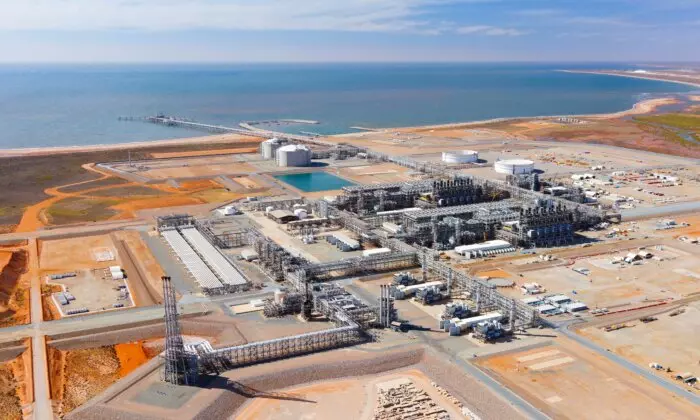The National Energy Resources Australia (NERA) has estimated that the combined liability associated with the decommissioning of existing offshore oil and gas infrastructure stands at a staggering $55 billion, which will ultimately be shouldered by taxpayers. This figure underscores the significant economic impact of maintaining and dismantling such structures, highlighting the need for effective policy-making in the energy sector.
The decommissioning of offshore oil and gas infrastructure involves the safe and environmentally sound removal and disposal of these facilities once they have reached the end of their operational lives. This process often requires significant investment in terms of financial resources, personnel, and equipment, as well as careful planning to minimize potential environmental and safety hazards. Given that Australia has a substantial offshore oil and gas industry, it is crucial for policymakers to address this issue with due diligence.
In addition to the economic challenges posed by decommissioning existing infrastructure, there are also concerns about the impact of Australia’s energy sector on climate change. The Australian Greens have recently criticized the Labor government for its lackluster performance in addressing this issue, pointing out that carbon dioxide equivalent emissions reached 432.6 million tonnes in the year up to June 2022 – a 22.5 percent increase since 2005.
Australian Greens Leader Adam Bandt has blamed the growth in production and export of liquefied natural gas (LNG) for this surge in emissions, asserting that “at this rate, Labor won’t even meet its own unscientific climate targets, let alone what is needed to tackle the climate crisis.” This criticism highlights the ongoing debate between environmentalists and those who advocate for further development of Australia’s energy sector.
As the world continues to grapple with the challenges posed by climate change, it is clear that Australia must strike a balance between meeting its economic needs and addressing the urgent need for action on global warming. This requires careful planning and policy-making to ensure that the nation can transition to more sustainable forms of energy while still maintaining a strong economy.
In conclusion, the estimated $55 billion liability associated with decommissioning existing offshore oil and gas infrastructure underscores the need for effective policy-making in Australia’s energy sector. Additionally, concerns about the country’s rising carbon emissions and their impact on climate change demand immediate attention from both policymakers and the public at large. By working together to address these challenges, Australia can help pave the way towards a more sustainable future for all its citizens.

